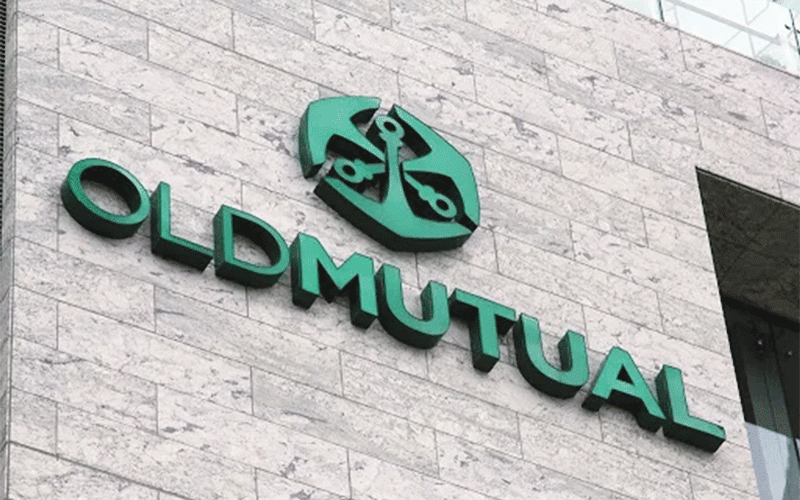
FINANCIAL services giant Old Mutual Zimbabwe (OMZ) has allocated a significant portion of its US$40 million capital expenditure for the year to support small and medium enterprises (SMEs) as well as renewable energy projects, businessdigest can report.
Group chief executive officer Samuel Matsekete told businessdigest that the remaining funds will be channeled into various projects, enabling the company to expand its scope.
While he did not initially disclose the total investment figure, Lillian Mbayiwa, marketing, public affairs and sustainability executive at OMZ, confirmed that the company's investment plans amount to US$40 million.
“We are also allocating resources to SMEs. We are looking at upwards of about US$25 million. But again, to say between now and the end of the year how much is remaining, I cannot tell you because we have already started to deploy some of it,” Matsekete said.
“Now as a group, we have always looked at deploying more into real estate, renewable energy, and deploying some into supporting companies and projects that have been on their trajectory of growth”.
In terms of renewable energy projects, the group is hoping to deploy capital to get the collective output of those facilities to generate 42 megawatts (MW) of power by September.
“From the group, we will always have targets, but they are staggered. So, for example, I can give you terms of metrics for renewable energy, we are planning to get to 42MW by September. So, we do have projects that are already in progress. Some of them are at 60%, some are 80%,” he said.
“About 42MW is what we are targeting to put onto the markets by September, and if things go according to plan, even from next month (August).”
- Women demand financial sector overhaul
- Mixed feelings over credit registry
- SMEs drive developing countries’ economies
- Business Opinion: Revolutionary branding in entrepreneurship
Keep Reading
He said these projects were a combination of solar and hydro renewable energy, with some of the capital also stemming from 2023's capex. In terms of real estate, OMZ recently unveiled a US$12 million residential development project in Harare.
The project will be completed in phases with the first expected to be completed within 12 to 18 months, at a cost of US$4 million.
“In real estate, we are also deploying into several projects. The one that you would have seen, the latest one, is for about US$12 million which we will be deploying there,” Matsekete said.
Over and above the capex for the year, Matsekete noted that credit lines secured by its banking subsidiary CABS in 2023, were almost fully utilised.
Last year, CABS managed to get credit lines amounting to US$110 million from African Export–Import Bank and the Trade and Development Bank to support the country’s key economic sectors.
“Some of the financing lines we have here are about US$110 million in lines of credit, and 40% of this will go into agriculture-related projects,” Matsekete said.
“So out of the US$110 million, it is almost fully utilised. But we are continuing to explore more. We have discussions that we are having to procure more lines of credit. And from history and trends, what you would have seen is it takes us perhaps six to nine months to fully utilize lines of credit. Then they start to get repaid.”
He noted that the bank would be redeploying money from repayments of the loans given out to different sectors of the economy to boost growth.
“And then we are redeploying from the repayments. Some of the lines of credit that we have are for tenors up to five, or seven years. So, they would usually be used up because there is so much demand for capital,” the OMZ chief said.
“So, within the year or the first nine months of procuring the lines, they are already being utilised. But that is not the end of the story because repayments come through and we are redeploying.”






